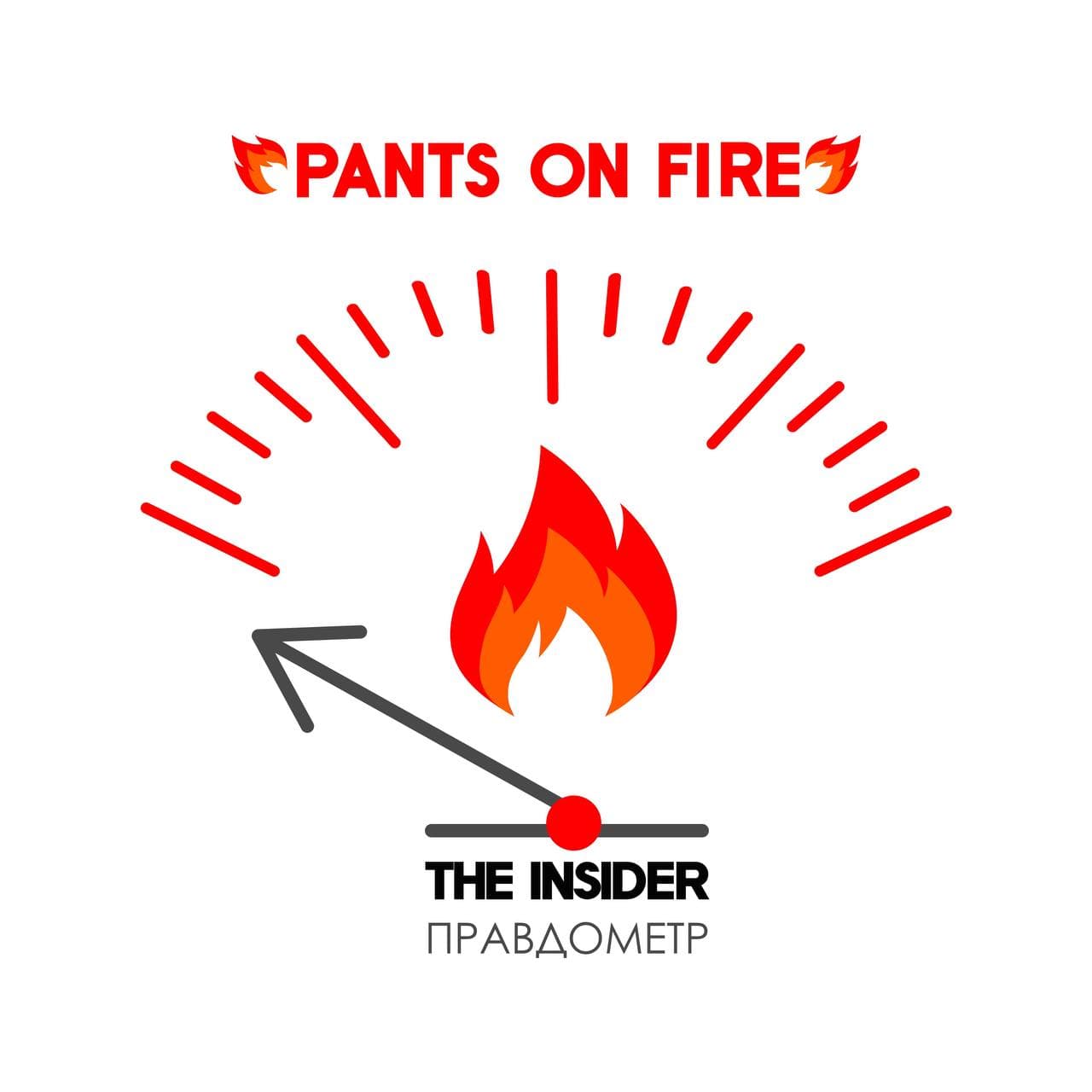Russian Foreign Minister Sergei Lavrov gave an interview on the Russia-1 channel. Basically, he repeated the accusations against Ukraine and the West, which the Kremlin uses to justify the war it unleashed. However, like Putin, Lavrov at some point decided to turn to the history of World War II.
If we are talking about the Nazis, then under German Nazism, Hitler united most of the countries of Europe under his banner in order to attack and destroy the Soviet Union. Now approximately the same group of countries supports Zelensky with some variations.

In fact, everything was exactly the opposite: according to a secret additional protocol to the Non-Aggression Pact between Nazi Germany and the USSR, concluded on August 23, 1939, the countries agreed to divide Europe among themselves. Moreover, the initiative for this agreement came from Stalin. According to the memoirs of Vladimir Pavlov, who was Stalin’s personal translator at that meeting, Ribbentrop brought only the text of the main treaty (on non-aggression), but Stalin said: “Additional agreements are needed for this treaty, about which we will not publish anything anywhere.” The text of the protocol was immediately drawn up, which was edited, printed and signed. Stalin stressed several times that this highly secret agreement should never be disclosed by anyone. These words of Pavlov are confirmed by the testimony of Ribbentrop at the Nuremberg trials.
After the collapse of Poland under the blows of the Wehrmacht and the Red Army, the joint parades of the Nazi and Soviet troops in Brest, Pinsk and other points, it became necessary to formalize a new situation. Ribbentrop came to Moscow again… On September 28, 1939, Molotov and Ribbentrop signed the Treaty of Friendship and Border, which was also accompanied by secret protocols.
In the second secret additional protocol, the paragraph of the 1st secret protocol of August 23 was changed. Now the sphere of interests of the USSR included not only Finland, Estonia and Latvia, but also Lithuania.
In addition, throughout the war, most of the countries of Europe fought against Germany, and not together with her. In addition to Italy and Germany, the European allies of the Axis countries were Bulgaria, Hungary, Romania (until 1944, when a coup took place in the country) and Finland (which waged a defensive war against the USSR since 1939). Slovakia and Croatia, which gained formal independence after the German attack on Czechoslovakia and Yugoslavia, respectively, were actually under German control (much like the so-called Donetsk and Lugansk People's Republics today), so the "voluntariness" of their participation in the war is a big question.
But the anti-Hitler coalition from European countries included Albania, Belgium, Great Britain, Greece, Denmark, Luxembourg, the Netherlands, Norway, Poland, France, Czechoslovakia and Yugoslavia.


